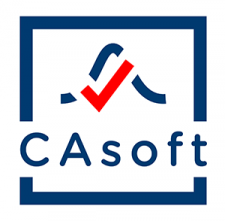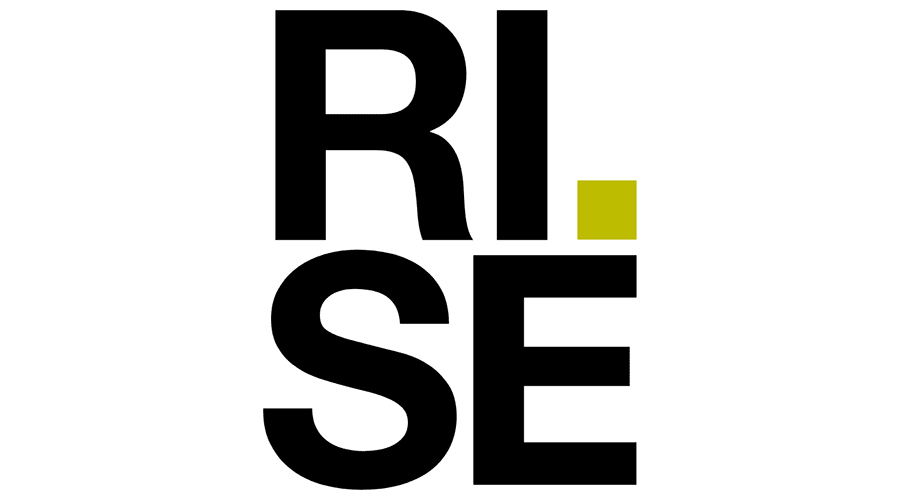
CASoft is a software that enables risks associated with decision-making in conformity assessment to be managed when measurement uncertainty is to be taken into account. In particular, CASoft aims to support the practical application of the methodology described in the reference document “The role of measurement uncertainty in conformity assessment” JCGM106:2012 [1].
Evaluating risks in conformity assessment

Two kinds of risks
In conformity assessment, two kinds of risks of incorrect decisions can be considered and evaluated :
- Specific risk: Risk that a particular item is wrongly accepted or rejected;
- Global risk: Fraction of items that are likely to be wrongly accepted or rejected.
For both kinds of risks, there is both a consumer’s risk where non-conforming items are incorrectly accepted (“safety or security risk”) and a producer’s risk where conforming items are incorrectly rejected (“economic risk”).
What is CASoft?
CASoft is a software developed in MATLAB® and made freely available as an executable without any requirement for the purchase of a MATLAB® license. Developed jointly by LNE (France), NPL (United Kingdom) and RISE (Sweden) in an EMPIR funded “Support for Impact” project [2], it operates within Microsoft® Windows (and has been tested on Windows 7 and later). It requires the installation of a suitable MATLAB Compiler Runtime (MCR) library: MCR R2019b (9.7)
Version 2 available since december 2020 for downloading
Why use CASoft ?
The calculation of such risks according to JCGM106:2012 can involve the evaluation of complicated integrals. CASoft offers the possibility to calculate such risks using a dedicated and intuitive user interface. CASoft can be used whether prior information about the measured items is available or not.
Different objectives can be achieved using CASoft:
- Calculation of a conformance probability, leading to a specific consumer’s risk if the item is accepted or to a specific producer’s risk if the item is rejected;
- Calculation of global consumer and producer risks given a specified acceptance interval;
- Calculation of an optimal acceptance interval given a targeted value for the global producer’s risk or for the global consumer’s risk;
- Calculation of bivariate risks following the methods in [3];
- A simplified framework for the calculation of conformance probability for multicomponent items.
Who is the target user of CASoft?
Anyone involved in the process of decision-making in conformity assessment may benefit from using CASoft, including:
- Calibration and testing laboratories wanting to evaluate the impact of their measurement uncertainty in decision-making;
- Manufacturers wanting to control the risk of conforming items being rejected;
- Regulation authorities and standardization bodies wanting to set acceptance limits as a function of the maximum targeted risk value (either consumer’s or producer’s risk).
Documentation
Scientific communications
- Alexandre Allard, Nicolas Fischer, Ian Smith, Peter Harris and Leslie Pendrill, Risk calculations for conformity assessment in practice, International Congress of Metrology, (2019) 16001
https://doi.org/10.1051/metrology/201916001 - L. Pendrill, A.Allard, N. Fischer, P. Harris and I. Smith, Software to Maximize End-User Uptake of Conformity Assessment with Measurement Uncertainty, ENBIS19, Budapest, September 2019.
- A Allard, I Smith, P Harris, N Fischer, L Pendrill, CASoft : Practical implementation of risk calculations in conformity assessment, MATHMET2019, Lisbon, November 2019.
- Cal lab
Bibliography
[1] BIPM, IEC, IFCC, ISO, ILAC, IUPAC, IUPAP and OIML, JCGM106:2012, The role of measurement uncertainty in conformity assessment, 2012
https://www.bipm.org/utils/common/documents/jcgm/JCGM_106_2012_E.pdf
[2] EMPIR 17SIP05 CASoft webpage
[3] Pendrill et al., A guide to decision-making and conformity assessment, 2015.
https://www.ptb.de/emrp/fileadmin/documents/nmasatue/NEW04/Papers/NEW04_WP3_Guide_150529.zip
Acknowledgment
This project has received funding from the EMPIR programme co- financed by the Participating States and from the European Union’s Horizon 2020 research and innovation programme. EURAMET is not responsible for any use that may be made of the information it contains.
financed by the Participating States and from the European Union’s Horizon 2020 research and innovation programme. EURAMET is not responsible for any use that may be made of the information it contains.







